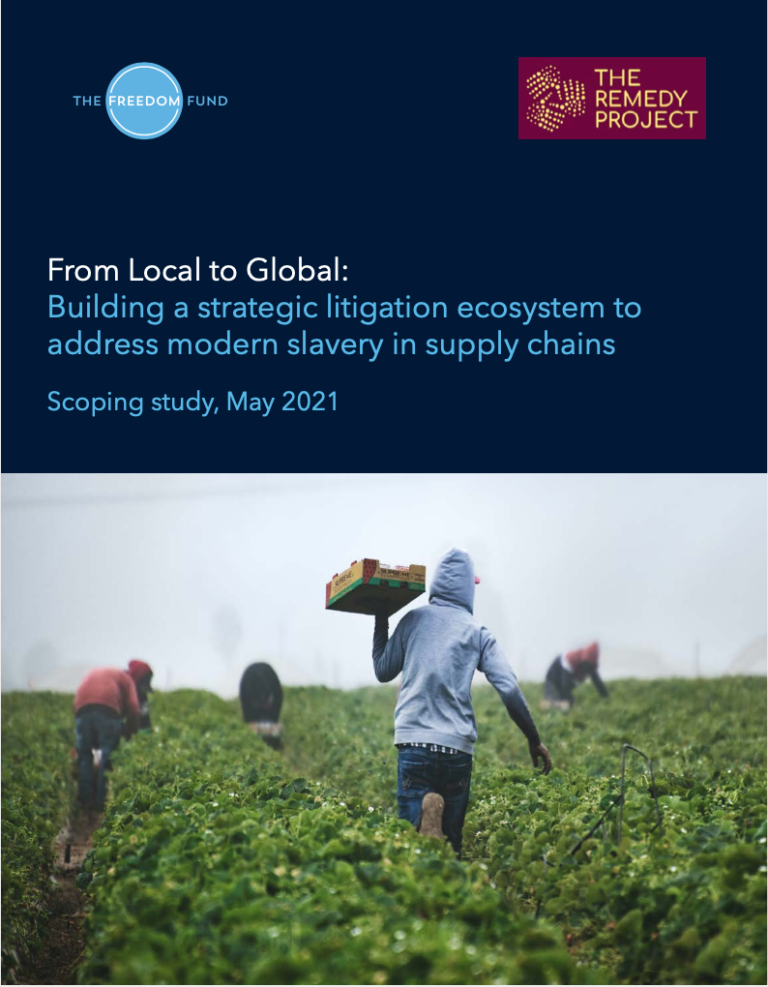Child Labour Practical Guide
GuidancePublicationsStakeholders and individuals can take action and make a difference for children in 2021. To find out how to make an Action Pledge, share your journey, and scale up, browse this Practical Guide. Flip through this guide to find examples of 2021 Act...Read More

